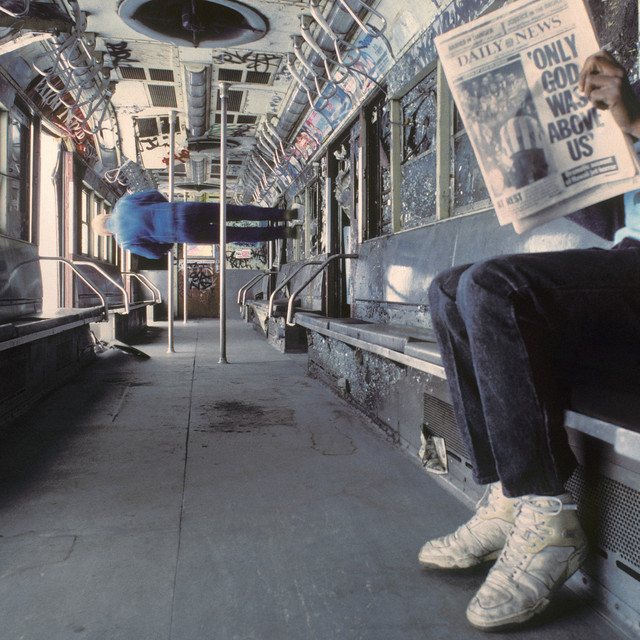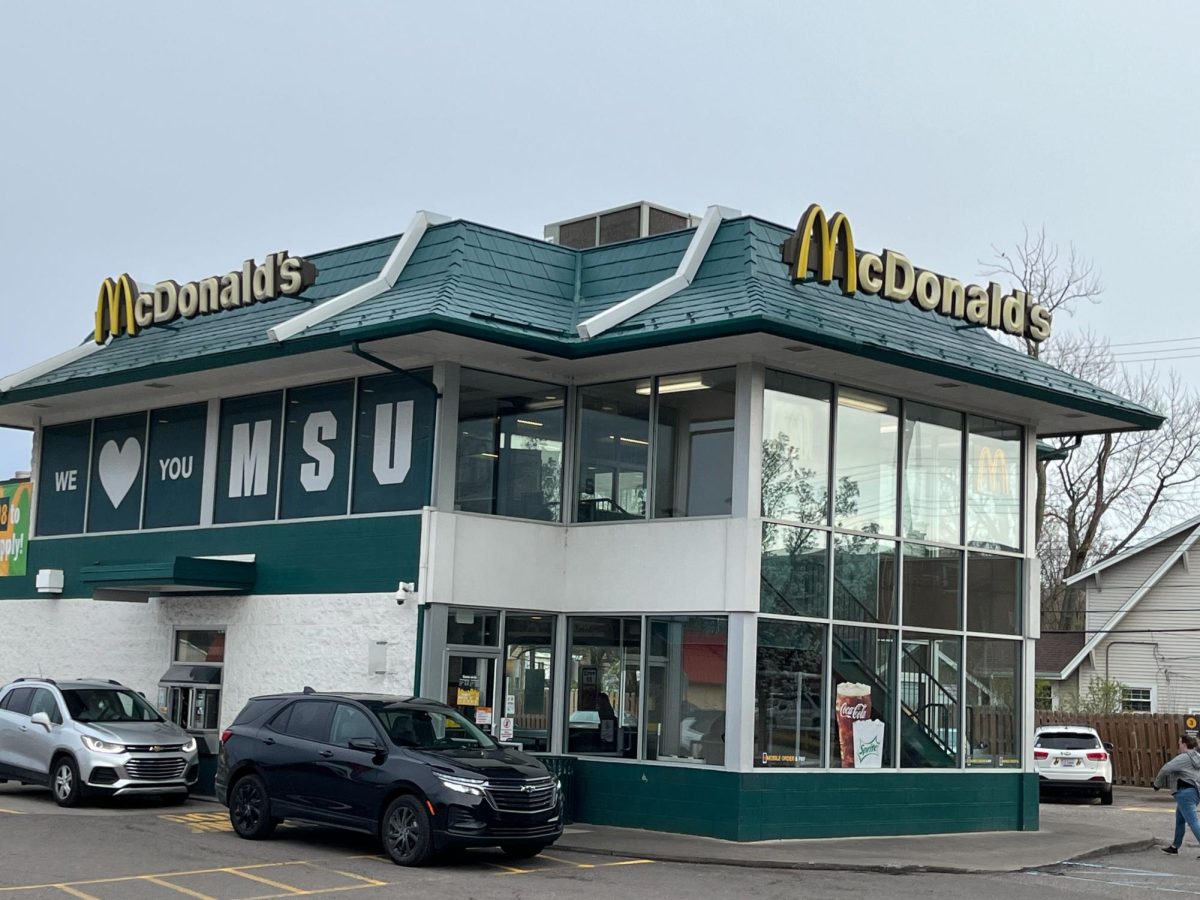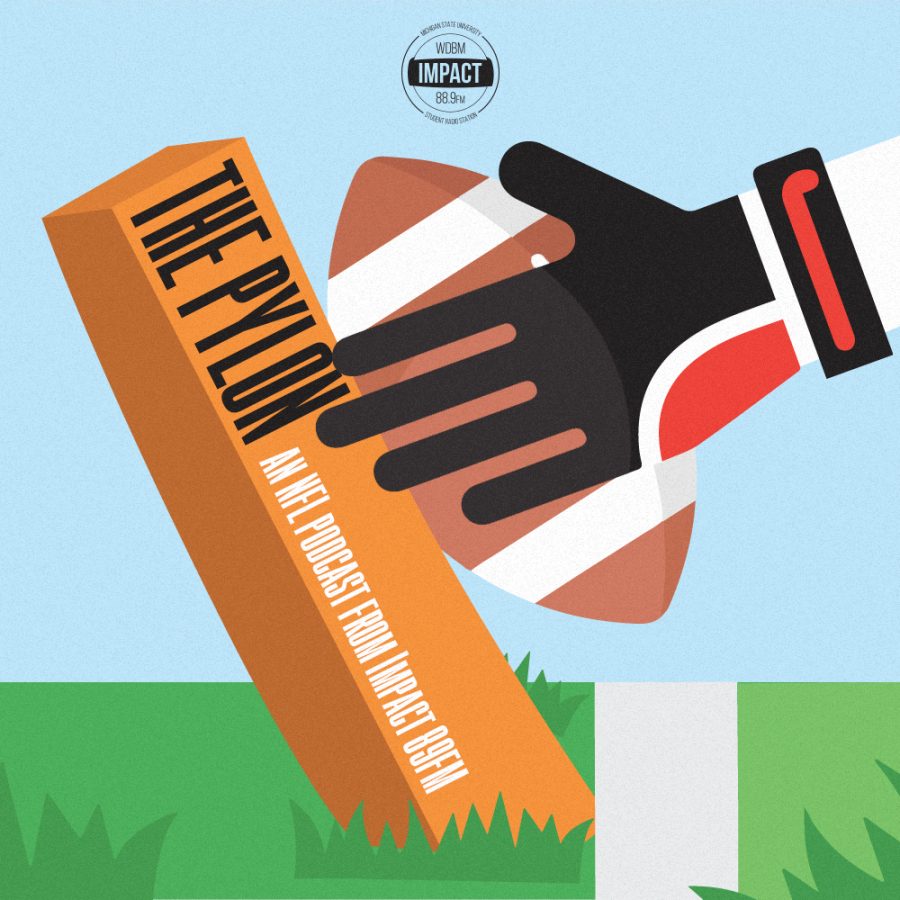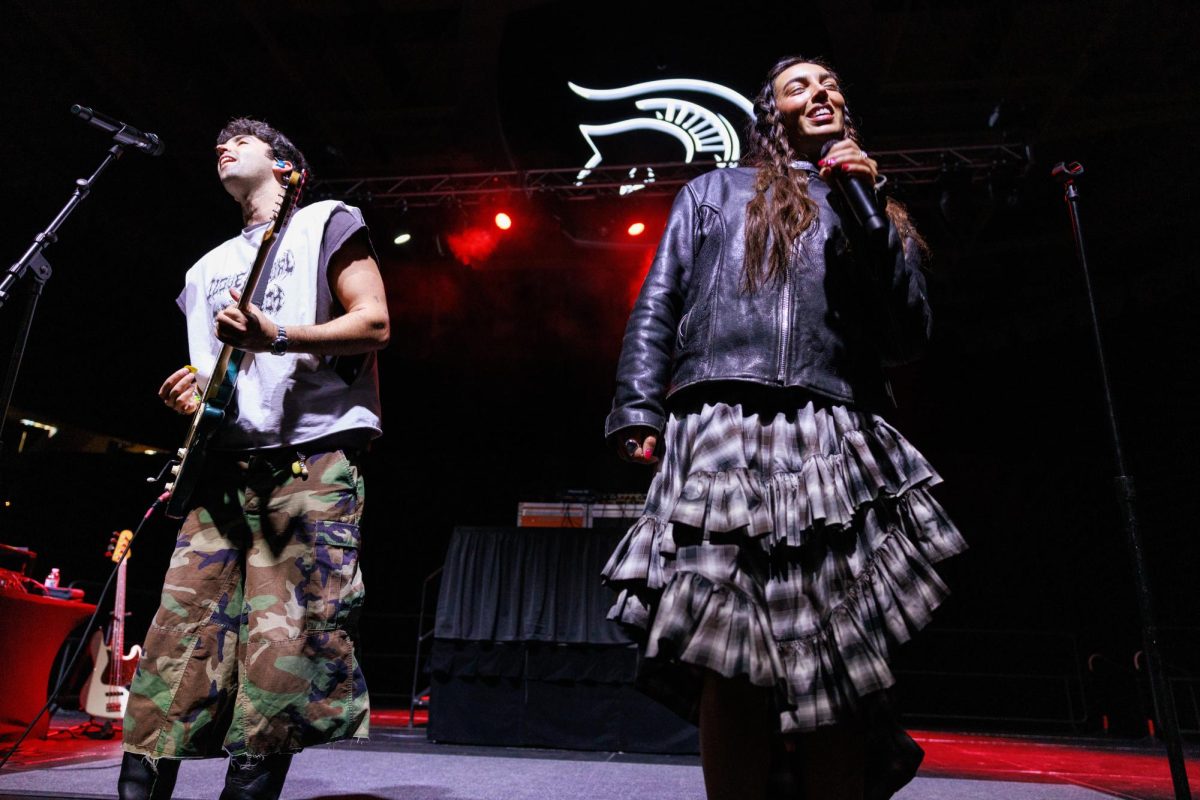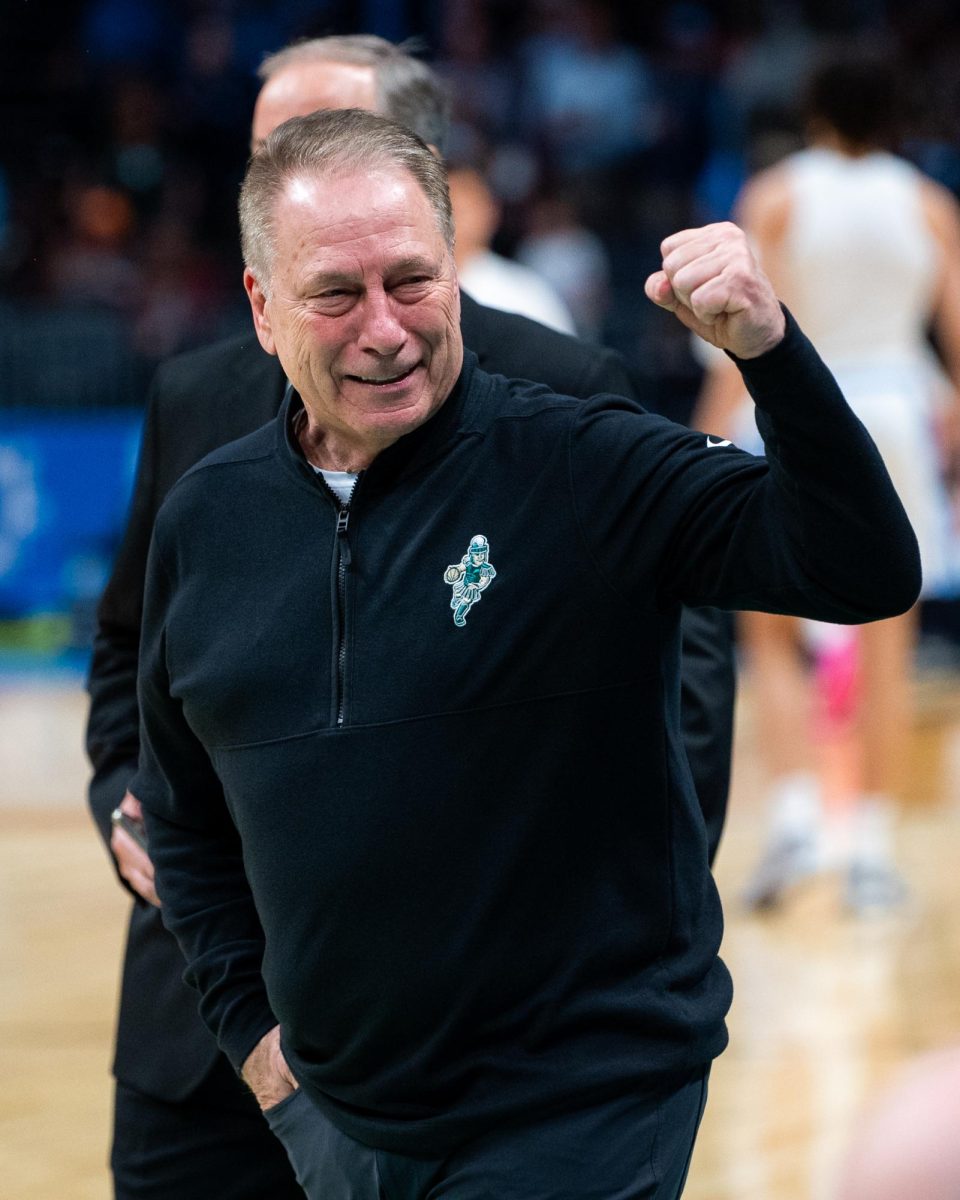The Detroit Lions finished off the 2018 season with a 31-0 shutout win over the Packers. However, this win was about as misleading of a sign for the whole season as you can get.
The Lions were feeling good with a 3-3 record after week 7, having acquired Pro Bowl defensive tackle Damon “Snacks” Harrison via trade. The week 8 egg-laying loss to the Seattle Seahawks proved to be the anticlimactic turning point for the season. Just days after the loss, wide receiver Golden Tate was traded away to the Philadelphia Eagles for a draft pick, and the Lions went on to lose seven of their last 10 games.
So, how should Lions fans feel about this season? After some time to decompress and reflect, I’ve constructed a report card to point out the biggest flaws and the silver linings from this season of Detroit Lions football.
Quarterbacks
We’re only really dealing with Matthew Stafford here. But just for the record, backup Matt Cassel completed 7-17 passes (41.2 percent) for 59 yards and an interception. We’ll give him a D since veteran leadership is worth something. Interestingly, the Lions’ recent signing of former Michigan State star Connor Cook seems to indicate that Cassel won’t be backing up Stafford in 2019.
Stafford had arguably the worst season of his career, considering he played the full 16 games and compiled his lowest yards total (3,777) since 2009 and 2010 in which he played 10 and 3 games, respectively. The Lions announced recently that Jim Bob Cooter won’t be returning as offensive coordinator, and you can make a very strong case that he was the culprit behind Stafford’s struggles this season. The Lions plummeted from 6th in total passing yards in 2017 to 20th in 2018. A good share of that has to fall on Cooter’s offensive scheme.
Aside from coaching, Stafford endured many personnel challenges, beginning with the Golden Tate trade. Tate had finished each of the last four seasons as Detroit’s leader in receptions, pulling in more than 90 catches per year. Furthermore, Marvin Jones appeared in only nine games, going on IR with a knee injury. The eventual receiving leader was Kenny Golladay with 70 receptions for 1,063 yards, the lowest total yards for Stafford’s end-of-season receiving leader in his career. The running game even suffered a major setback when Kerryon Johnson went down in week 11 against the Carolina Panthers and did not return in 2018.
It’s tough to manage an offense when the team is lacking the proper personnel. By the end of the season, Stafford was working with guys like Andy Jones and Brandon Powell, who with all due respect haven’t proven a whole lot in this league.
Despite the hurdles, Stafford still deserves a slice of the blame, seeing that he did account for 16 turnovers. Yet, that only averages out to one per game, which in most cases isn’t enough to cost the game. Context does matter though, and the two late interceptions against the Chicago Bears on Thanksgiving is an example of a situation where we’ve seen Stafford make much better decisions in seasons past.
Overall, Stafford played decent this season. We’d like to see the deep ball miscues get corrected, but once again, some of that blame falls on the offensive coordinator.
FINAL GRADE: B
Wide receivers
As mentioned before, the receiving core and the offense as a whole took a substantial hit when Golden Tate was dealt away. Marvin Jones’ knee injury allowed him only nine outings. Tate had 44 receptions, 517 yards, and three touchdowns for the Lions. Jones finished with 35 receptions for 508 yards and five touchdowns. Without both starting receivers from the past two seasons, the Lions’ backups stepped up pretty nicely with all things considered.
Kenny Golladay pleasantly surprised many Lions fans last season when the rookie collected 477 yards in 11 games, including a two-touchdown performance in the season opener against the Arizona Cardinals at home. This season, Golladay cemented himself as an offensive centerpiece for the future. Playing in all but the finale against the Green Bay Packers, he finished with a team-leading 1,063 yards to go along with five touchdowns.
The rest of the crew included many different faces. Perhaps the most noteworthy would be TJ Jones, who finished with 190 yards and two touchdowns, and Brandon Powell, who posted a 100+ yard performance in week 17. Andy Jones and Bruce Ellington also gave solid efforts when the Lions were running thin at the position.
It’s no secret that once again, a better offensive scheme on Cooter’s part would have tremendously helped the receiving core’s production. Taken in context, it would be difficult to make a case that the receivers were a big reason for the Lions’ struggles.
FINAL GRADE: A-
Running backs
In at least one respect, the 2018 season was historic for the Lions, as Kerryon Johnson finally broke the streak of games without a Lions 100-yard-rusher. In fact, he did it twice, with 101 yards against the New England Patriots and 158 against the Miami Dolphins.
Coming into this season, Johnson was a beacon of hope for an embarrassing Lions run game that finished dead last in total rushing yards a season ago. Had he not suffered a knee injury in week 11, he would have polished an even more impressive rookie season. Johnson finished his 10-game campaign with 641 yards and three touchdowns, and an average of 5.4 yards per carry. Not bad, not bad at all. The numbers show that a heavier workload for the young back is an avenue to winning. It’ll be interesting to see his production progress with a new offensive coordinator in 2019.
LeGarrette Blount had a decent season in his role as the power back. He received most of the goal line carries, and as a result led the team with five rushing touchdowns. His 2.7 yards per attempt isn’t flattering, but the short yardage success is exactly what the Lions brought him in to do for $2 million this season.
Theo Riddick maintained his role as a pass-catching back, taking some snaps in the slot and making some plays in checkdown situations. He finished with 171 rushing yards (4.3 yards per rush) and 61 receptions for 384 yards (6.3 yards per catch).
Zach Zenner’s reinforcement of Johnson is worth mentioning. The previously released Lion returned to Detroit and collected 265 rushing yards and three touchdowns in only five games.
Johnson, Blount, and Zenner were the only trio of teammates in 2018 to finish the season with at least 250 rushing yards and three touchdowns. That’s something, isn’t it? Even if Zenner’s production was a benefactor of Johnson’s absence, it’s still a job well done for the group.
The Lions run game is far from perfect, and there’s much room for improvement. After all, Detroit finished 23rd in the NFL in rushing yards (1,660). However, given that Johnson missed six games, four of which resulted in losses, along with Cooter’s subpar play calling, that rank needs an asterisk.
FINAL GRADE: B+
Tight ends
Last offseason, the Lions were reportedly confident that they would be acquiring Patriots tight end Rob Gronkowski. For better or for worse, the deal didn’t go through after Gronk made it clear that he wouldn’t play for another team. The problem: the Lions had just turned starting tight end Eric Ebron loose. And he went crazy. Lions fans were haunted all year by Ebron’s Pro Bowl heroics. The Indianapolis Colt posted career highs across the board, including 13 touchdowns, which is more than his four years in Detroit combined (11 touchdowns).
The Lions proceeded with a tight end-by-committee approach, but it didn’t lead to much success at all. Luke Willson finished with only 13 receptions, and Levine Toilolo with 21. The only touchdown between the two came in week 17 when Toilolo caught a fake field goal pass from Matt Prater. Additionally, Michael Roberts added nine receptions, three of which were good for touchdowns.
Aside from Toilolo’s trick touchdown reception and Roberts’ two-touchdown performance against the Miami Dolphins, very little noise came from the Lions at tight end. This is definitely an area where the Lions should look to improve for next season, whether it be adding a new face or implementing some more inventive plays in the new scheme.
FINAL GRADE: D
Offensive line
Along with the secondary, this group was arguably the most inconsistent for the Lions this season. Expectations for this unit were justifiably high from the get-go. At tackle, Taylor Decker was at full health once more after missing eight games in 2017. Rick Wagner had the fourth highest salary on the team at $9.5 million. At guard, TJ Lang was coming off back-to-back Pro Bowl seasons in 2016 and 2017, and first-round pick Frank Ragnow came into Detroit having never allowed a sack in his four years at Arkansas. Graham Glasgow had a full year under his belt as Stafford’s center.
The expectations began to ring true towards the end of the season, but not before struggling greatly. Lang was placed on IR following a neck injury in week 9, and at 31 years old, he may have seen his last days in honolulu blue. That left Kenny Wiggins and rookie Tyrell Crosby to fill in for the rest of the season, a call that they answered rather well.
It’s worth mentioning that Decker caught a touchdown pass against the Los Angeles Rams. On the other hand, the Lions allowed 10 sacks in the first matchup with the Vikings and lost 24-9. For much of the early season, it appeared that Stafford was running for his life far too often, and he ended up suffering 40 sacks on the year as a top 10 sacked quarterback.
In the end, the offensive line leveled out for a competent year. The original starters plus Wiggins and Crosby combined for only 20 penalties all season, which is just under three per player. For as young of a group as this is, that’s pretty impressive discipline. Still, the inconsistency was a major player in the Lions’ struggles.
FINAL GRADE: C
Defensive line
Football fans know that the two most important jobs for the defensive line are stopping the run and pressuring the quarterback.
The Lions run defense in 2018 can be summed up by one player: defensive tackle Damon Harrison. The acquisition of Harrison in Week 8 pumped life into a group that had previously been outplayed every week. In the six games before Harrison, the Lions allowed 139.3 rushing yards per game. In the 10 games with him, just 92.5. Furthermore, the Lions held the NFC North champion Chicago Bears to 54 and 38 rushing yards in their matchups respectively.
As far as getting pressure on the quarterback, this group showed flashes of a solid pass rush. The 23-year-old defensive ends Romeo Okwara and Da’Shawn Hand combined for 10.5 sacks and 14.5 tackles for loss. This is even more impressive when you consider former Pro Bowl end Ziggy Ansah only played in seven games due to some all too familiar injuries. The defensive line as a whole accounted for 22 of the team’s 41 sacks.
Other pieces like Ricky Jean Francois, A’Shawn Robinson, and Kerry Hyder contributed enough to make the Lions a factor up front. This area is one to keep an eye on moving forward as Matt Patricia continues his mission to groom these young players into elite run stoppers and pass rushers while letting the veterans lead by example as well.
FINAL GRADE: A
Linebackers
The Lions had officially turned the page at the linebacker position coming into 2018. DeAndre Levy was a year removed, and former starter Tahir Whitehead had signed with the Oakland Raiders. That prompted Bob Quinn to bring in former New York Giant Devon Kennard and Chicago Bear Christian Jones to surround second year Jarrad Davis.
Kennard thrived in a new uniform, collecting 46 tackles and a career-high seven sacks. Jones added 69 tackles and a sack as well. As for Davis in the middle, the young linebacker cemented himself as a defensive centerpiece moving forward. He jumped from 96 tackles and two sacks in 2017 to a team-leading 99 tackles to go with six sacks in 2018. Backups Jalen Reeves-Maybin and Eli Harold combined for 23 tackles, and Harold pitched in four sacks.
While Kennard served as the edge-rushing linebacker and Davis and Jones plugged up gaps in the middle, the one area where this group may have been weak in was defending the pass. The starters combined for just eight passes defended all season, and, while it might be nitpicking, no Lions linebacker came away with an interception in 2018.
FINAL GRADE: B+
Secondary
On paper, the Lions secondary had an impressive campaign, seeing that Detroit’s only two Pro Bowl selections came by the way of cornerback Darius Slay and safety Quandre Diggs (alternate). Much like the run defense, the secondary picked up the pace as the season progressed, and finished strong.
Slay, once again, served as the Lions’ shutdown corner. In the week 9 matchup against the Vikings, Slay held a red hot Adam Thielen to what was then a season low four receptions for only 22 yards. Up until that game, Thielen had been averaging over nine receptions for 115.6 yards per game. If that’s not elite, I’m not sure what is. Slay ended the season with 16 passes defended and three interceptions, including a pick six against Arizona Cardinals rookie Josh Rosen.
Opposite Slay, the other cornerbacks rotated and gave a solid effort. Nevin Lawson, DeShawn Shead, and Mike Ford got the bulk of the late season action after Teez Tabor consistently became the Lions’ Achilles heel on defense. Tabor finished the season allowing more touchdowns than passes defended.
Safety proved to be perhaps the Lions’ deepest spot on the roster. Veterans Glover Quin and Tavon Wilson continued to be above average and serviceable defensive players as they supported the emerging star Diggs. The trio combined for 188 tackles, including seven tackles for loss. Third round pick Tracy Walker had a stellar rookie season with 21 tackles and an interception, appearing in all 16 games.
As one unit, the secondary was okay. The safeties definitely played better than the cornerbacks, despite Slay’s shutdown performances. Likewise, a second starting cornerback still remains a hole that the Lions will look to fill this offseason, while keeping guys like Lawson and Ford as great depth pieces. Still, the secondary remained a substantial reason for some of the Lions’ early losses. Giving up 355 yards to Bears’ Mitchell Trubisky, and 230 a couple weeks later to his backup Chase Daniel isn’t going to win games. The late-season boost isn’t enough to overshadow how awful the pass defense was before. There’s much room for improvement, but another cornerback would do the Lions wonders.
FINAL GRADE: C
Special teams
In 2017, rookie Jamal Agnew made the Pro Bowl as a return specialist, collecting a total of 447 yards on 29 punt returns (15.4 yards per attempt) and two touchdowns. This season was stripped from Agnew by a knee injury suffered against the Packers in week 5, though he did return to the roster for the final two games. Ameer Abdullah, TJ Jones, and Brandon Powell took over return duties and filled in competently, with the exception of a costly fumble by Abdullah against the Seahawks.
Sam Martin turned in another great year punting the ball, though the Lions would’ve liked to see a lot less of No. 6 on the field. Martin tied for sixth in the NFL with 32 of his 74 punts downing inside the 20-yard-line. Also, none of Martin’s punts were blocked this season.
After missing two field goals in the season opener against the New York Jets (which was the least of the Lions’ problems in that disaster), Matt Prater nailed 28 of his next 30 attempts to finish the season with a 28/32 (87.5 percent) clip. Three of Prater’s field goal makes came from 50+ yards. He also hit a perfect 30/30 on PAT’s, making the Lions just one of two teams to do so in 2018, Denver the only other team to do so. However, a late missed field goal against Buffalo ended up being pretty costly for the Lions, as the Bills went on to win 14-13.
The Lions allowed an average of 22.6 return yards per kickoff, and 11.4 yards on punts. Those numbers rank No. 19 and No. 2 in the NFL respectively.
Side note: the Lions had more opponents’ kick attempts clank off the left upright than field goals Matt Prater missed. The special teams unit should get SOME credit for that, right?
FINAL GRADE: A-
Head coach
A 6-10 record and a last place finish in the division isn’t impressive no matter how you slice it, but there are undoubtedly a few anecdotes for first year head coach Matt Patricia to be proud of. For starters, this new system on defense seemed to have taken off towards the end of the season. See the defensive grades above for the details.
Elsewhere, Patricia has chosen the right players to fit his scheme. Some Lions fans were left scratching their heads when defensive end Anthony Zettel was cut from the roster after the preseason. Zettel had 6.5 sacks in 2017 and was a key part of Jim Caldwell’s rotation. His replacement? Patricia decided to roll the dice on Romeo Okwara from the Giants. Okwara dropped quarterbacks for a team-leading 7.5 sacks. Another new key player was Ricky Jean Francois, who Patricia worked with as a member of the Patriots. Jean Francois contributed 30 tackles, a pair of sacks, and 3.5 tackles for loss this season. And of course, the acquisition of Damon Harrison eventually turned the Lions into an elite run defense. Though Bob Quinn is the general manager, some credit is due to Patricia for getting in his ear about the players he wants to fit his scheme.
While Patricia has room for improvement in game management and gameplanning, as almost all new head coaches in this league do, he has tried to bring a new culture to the Detroit Lions. These things take time. When you’re dealing with a fanbase as starved for success as the Lions’, it’s very tough to keep saying “give it more time.” However, we saw the defense make tremendous strides this season, and with Patricia’s new offensive coordinator coming soon, Stafford and the offense can return to 2016 form.
FINAL GRADE: B-
Defensive coordinator
Before joining Patricia’s staff, Paul Pasqualoni had most recently been the defensive line coach for the Chicago Bears, Houston Texans and Boston College. In that facet, the defensive line was one of the brightest spots for the Lions this season. However, the Lions suffered a few big performances from opposing quarterbacks, and even some running backs before Damon Harrison arrived. More pressure on the quarterback and rushing more than four linemen in these situations could have potentially solved the Lions’ problems.
FINAL GRADE: B
Offensive coordinator
Jim Bob Cooter already lost his job, and for good reason. The dink-and-dunk conservative play calling was the most glaring reason behind Matthew Stafford’s worst statistical season since his injury-riddled years of 2009 and 2010. Stafford posted his first sub-4,000 passing yard season since those years, and his 21 touchdowns is his lowest scratch since 2012. The Lions’ inability to score points at just 20.3 per game (25th in the league) proved costly for the team all season long. For a more detailed look at why moving on from Cooter is the right decision, check out my article here.
FINAL GRADE: F
Front office
Bob Quinn made some great moves both before and during the season. As mentioned many times before, the acquisition of Damon Harrison completely changed this Lions defense for the better. And once again, the Lions picked up their sacks leader in Romeo Okwara off waivers before the season began.
The Golden Tate deal didn’t make a whole lot of sense at the time, though it was reported afterwards that Tate’s asking price for an extension was a bit too hefty. At 31 years of age, it’s hard to break the bank for a slot receiver, even when he’s leading the team in receptions. Marvin Jones (29 years old) and Kenny Golladay (25) have given Quinn and Patricia enough confidence to feel comfortable moving on from Tate and looking for another receiver via either free agency or the 2019 NFL Draft. Better to get something for him now, a third round pick, than to let him walk for nothing.
As for the draft, this just might be Quinn’s best year yet. First round draft pick Frank Ragnow has shown promise to become a starting guard or center for years to come. Second rounder Kerryon Johnson broke the drought of a 100-yard-rusher twice. Third and fourth round picks Tracy Walker and Da’Shawn Hand fit flawlessly into Patricia’s system and will both have a favorable shot at starting next season, pending the future of veterans Glover Quin and Ziggy Ansah.
FINAL GRADE: A+







